Noticed lately all the impossibly gorgeous pics of succulents and cactus gardens and terrariums popping up in DIY blogs and home décor magazines? I certainly did and was intrigued by the idea of a DIY “gardening” project that called for little to no gardening skills or knowledge.
Sure, you can find ready-made ones at your local nursery or flower shop but I wanted to try my own. So, after admitting to myself that I knew ABSOLUTELY NOTHING about how to plant or care for these prehistoric-looking little plants, my first stop was Google. I logically veered toward Pinterest next for a bit of much needed inspiration. Then armed with enough knowledge to be dangerous but undoubtedly unsuccessful, I hopped in the car and headed to Home Depot for a free Do-it-Herself “Inspired by Pinterest: Succulent Garden Workshop”.
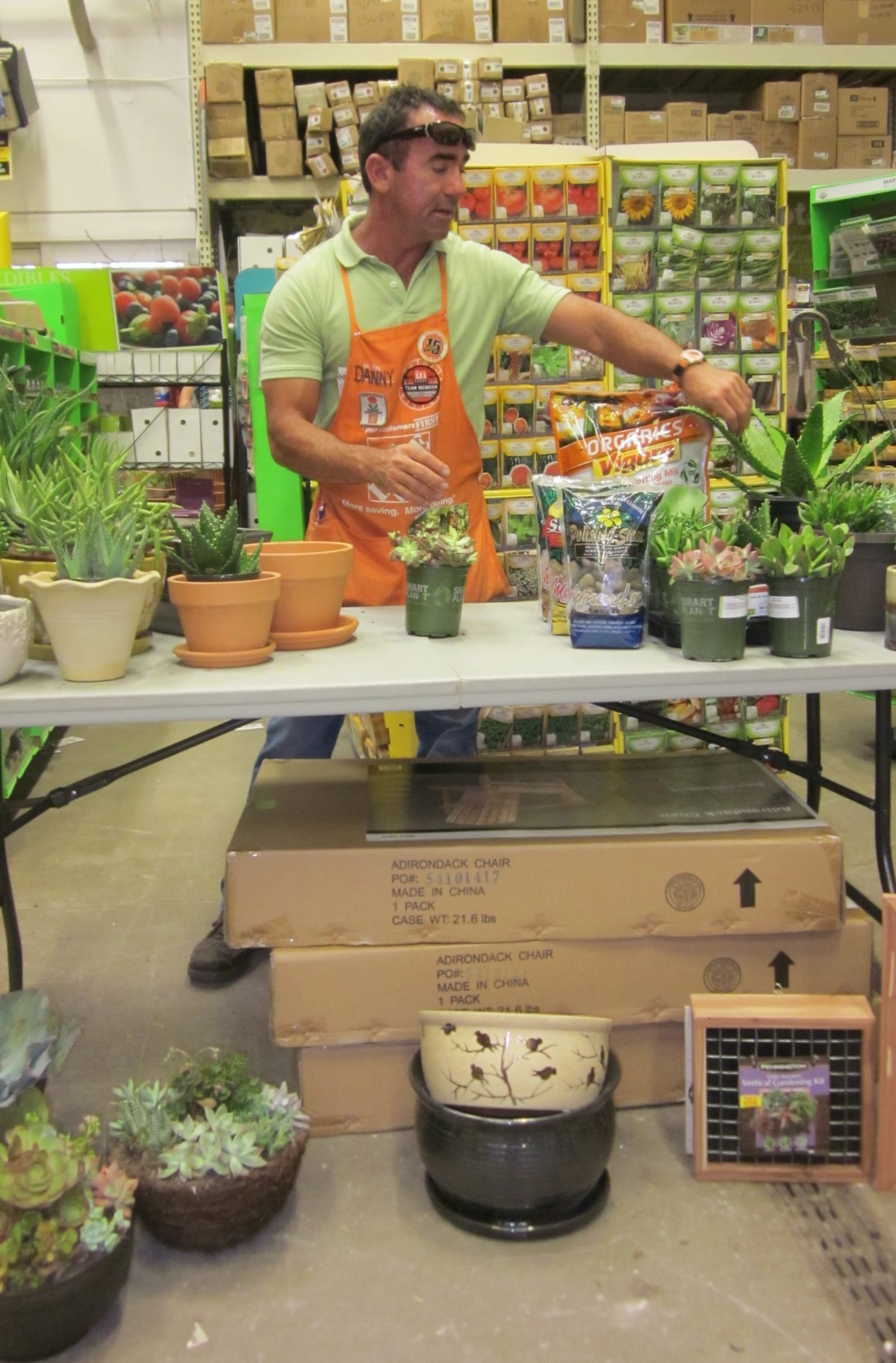
Your local nursery or hardware store may offer workshops, too, but if one is not available, they probably have gardening experts who could help guide you in your quest. Danny Watson, my resident Home Depot gardening guru not only led a great educational workshop and answered all our questions, but also gave tons of great tips and how-to instruction. He does these gardening workshops frequently, on various topics, and I look forward to (hopefully) developing some major planting skills under his tutelage!!
I left the workshop even more ‘in like’ with succulents and ready to tackle my very own dish garden project with an arm full of different types of succulent plants.
What to know as you take on making your own succulent dish garden:
1) Drainage is a must!
Succulents and cacti don’t NOT like water. In fact, they quite enjoy a good soaking; but proper drainage is a must for these plants because their roots can’t take sitting in water. They’re sturdy, but overwatering (and underwatering for that matter) is one sure way to kill a cactus. Allow the soil to dry between watering and don’t let water pool at the bottom of your garden. A fast draining soil will help with drainage, but you also can cheat this a bit by mixing one part gardening soil and one part coarse sand. A container with a drain hole helps keep the roots relatively dry and mold free.
2) Succulents like good airflow
Like any other plant, succulents need air to thrive. If you’ve done your online research, you’ve undoubtedly stumbled upon the cautionary tales against planting terrariums – small openings, no ventilation to help fight humidity, mold growth, prohibited growth pattern, etc. Luckily the dish I had in mind (in its first life it housed a deliciously luxurious candle) was perfect ….with one not-so-small exception: No drain hole. Duh!
But a quick pass with a masonry drill bit did the trick!
The hole is not that big, but I still didn’t want any soil falling out. The fix: use a coffee filter to keep the dirt in the dish while allowing the water to pass. Thanks for the tip, Danny!
3) Mix and match different varieties for greater impact
Opposites attract, right? As you’re planning your garden, be sure use different colors, shapes and growth patterns for a truly unique creation. With literally thousands of succulent species known, variety shouldn’t be a problem. I opted for the following six.


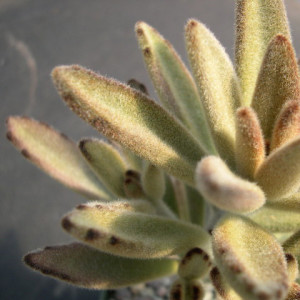
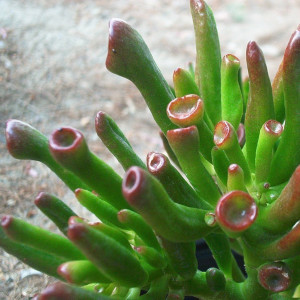
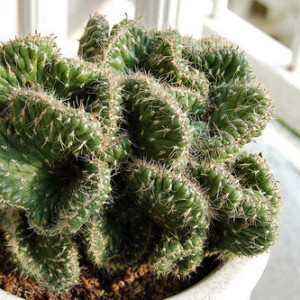
As you design your garden, be sure to leave space between your plantings so they’re not elbowing each other. While from this angle the dish looks crowded, I made sure to leave about 1 ½ inches between each planting, leaving them room to grow above the soil as well as below.
Your roots will need plenty of unobstructed room to grow as well. Before you replant them in their new home, gently work the roots free of the clumps they tend to form – this also helps them retain/drain just the right amount of water. Set them in the soil so their roots are covered to the same depth as before.
I finished with a layer of decorative gravel to cover the exposed soil.
5) They need sunlight!
Lastly, they need sunlight — there’s no way around it. So if you’ll be keeping your garden indoors, be sure it’s getting direct sunlight for at least part of the day. You’ll know if your succulents are not getting the right amount of light by changes in their foliage. Not enough light and they will stretch and loose their vibrant colors. Also, some species of succulents will scorch in too much sun, FYI, so check each succulent for optimum sun conditions before buying.
Are you now inspired to try making your own succulent garden this weekend? Comment below to let me know how it turns out!





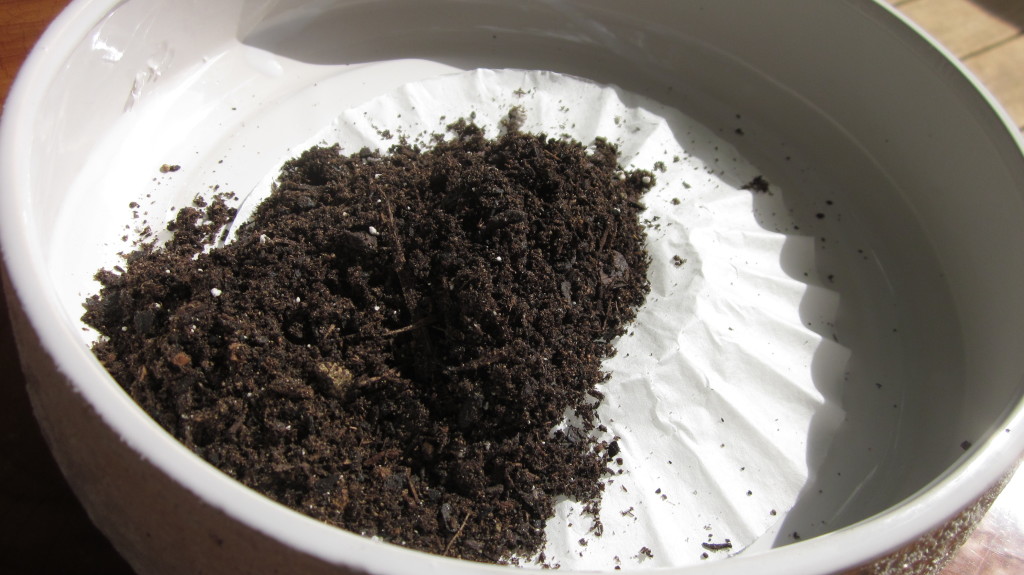
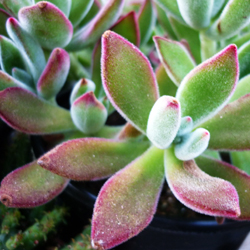
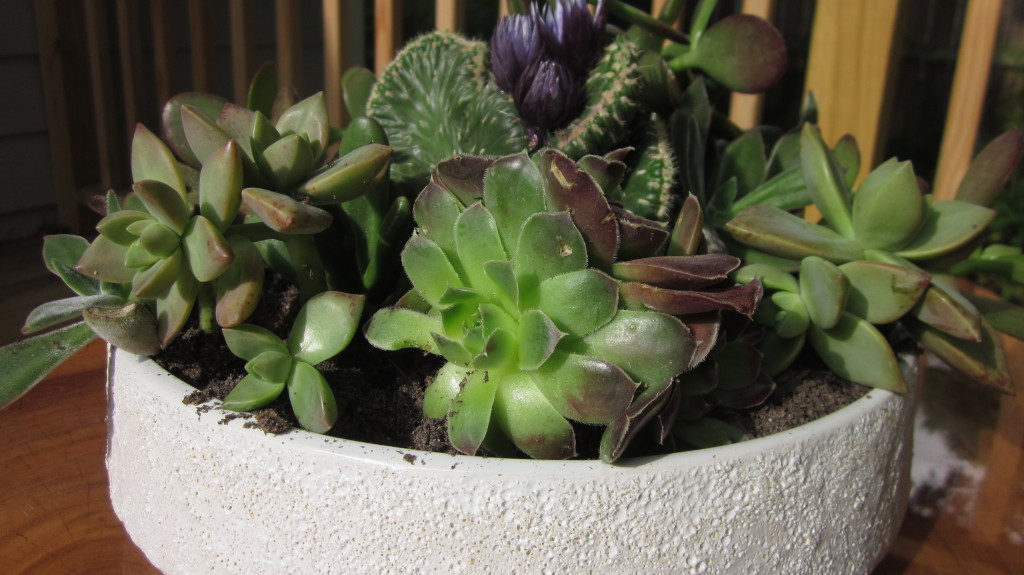
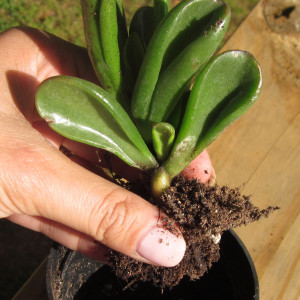

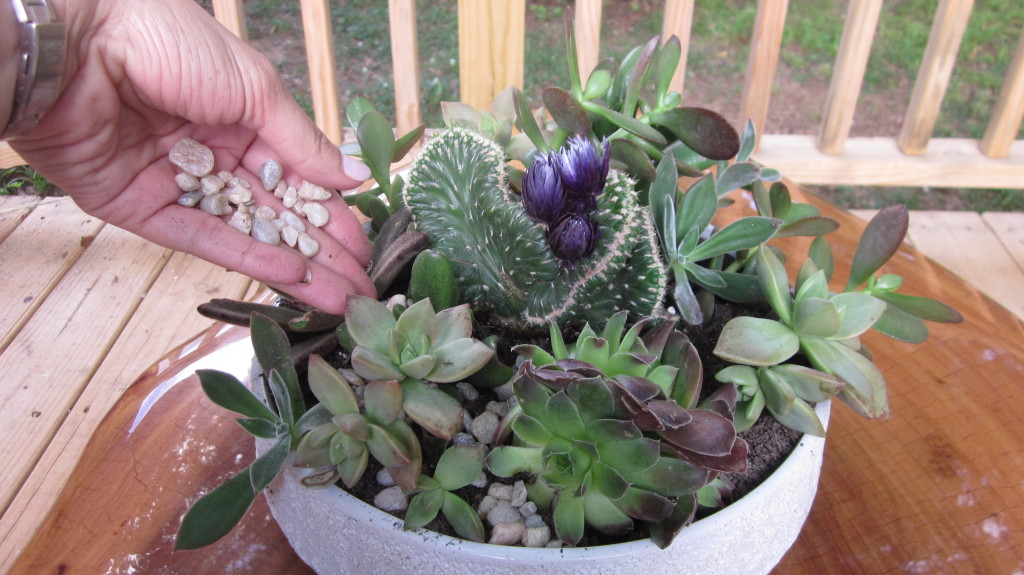




Great idea, Brenda! I’ve got a very cool piece of driftwood I was thinking about using as a succulent planter… thanks for inspiring!
I can’t wait to see what gorgeous creation you come up with, Heidi!
Hi Brenda, Thanks for sharing useful information..